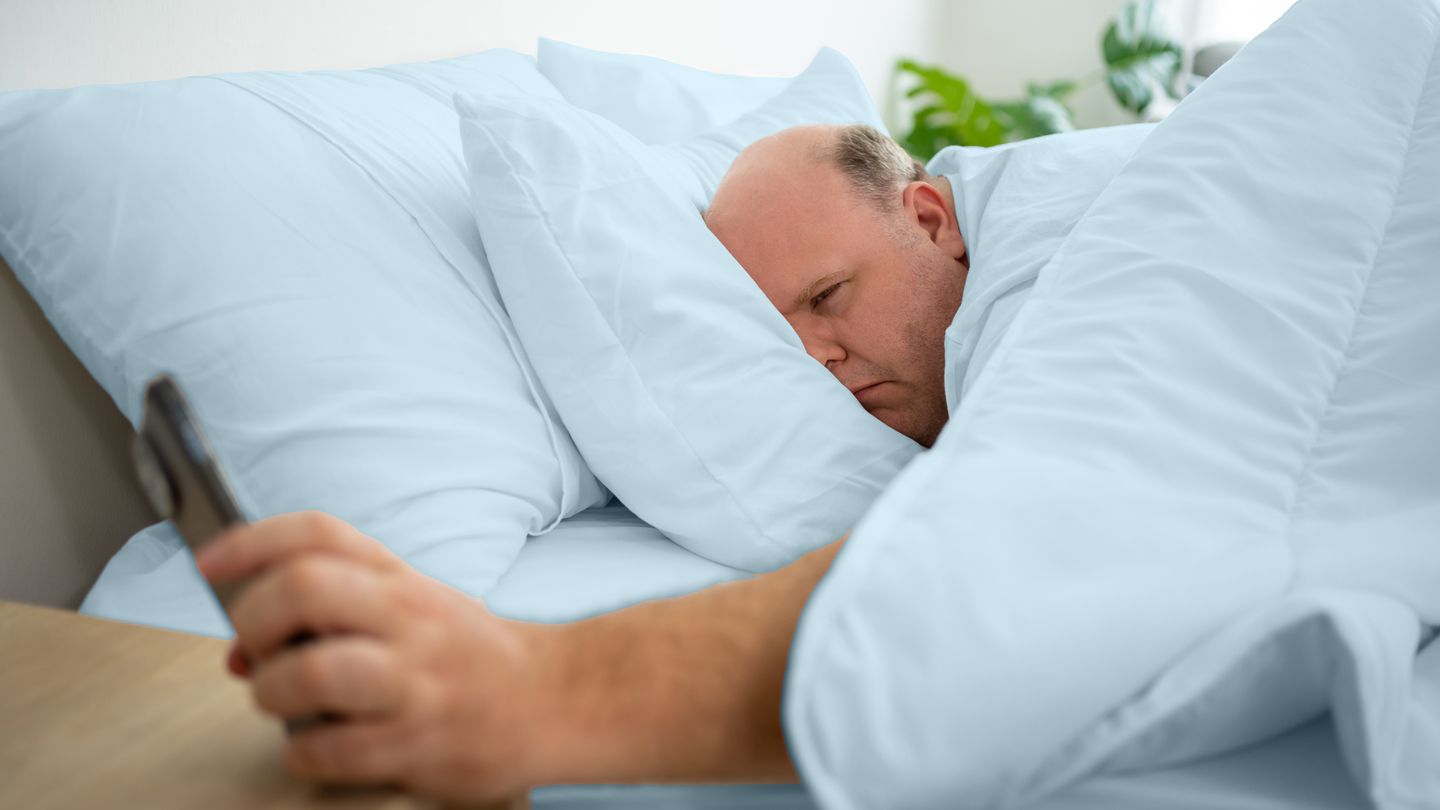Treating obesity can also help treat sleep apnea, so it’s a good idea to consult your doctor about a weight loss plan that feels doable.
“Weight loss may completely cure mild apnea and may significantly improve moderate-to-severe apnea,” says Polotsky. If you have obesity, losing 10 percent of your body weight is enough to improve the symptoms of OSA, he says.
Even if you don’t see a huge drop on the scale, you could still be “losing small amounts of weight in an area of your throat … [which] could be meaningful,” says Bolong Xu, MD, who studies sleep apnea and is an internal medicine resident at the Icahn School of Medicine at Mount Sinai, in New York City.
Here are some strategies your doctor may recommend:
- Shore up your diet and exercise regimen. Lowering your calorie intake and moving more has been shown to improve OSA. One study conducted in people with OSA found that those who followed a reduced-calorie diet and physical activity plan were more likely to have fewer breathing disruptions at night than those who didn’t take part in the weight loss program. Plus, more than one third of the participants were OSA free at a 10-year follow-up.
- Consider weight loss surgery. A study of people with OSA who had bariatric surgery found that 55 percent were cured of OSA five years later. And even those who still had OSA experienced improvements in symptoms, such as better sleep, less discomfort, and more vitality. On average, the number of breathing disruptions at night decreased from nearly 28 per hour before surgery to 9 per hour five years later.
- Try a GIP/GLP-1 agonist medication. Glucagon-like peptide-1s (GLP-1s) are popular weight loss drugs. And a dual gastric inhibitory polypeptide (GIP)/GLP-1 agonist, tirzepatide (Zepbound), was recently approved by the U.S. Food and Drug Administration for treating obesity with moderate-to-severe OSA specifically. Research shows that tirzepatide reduced participants’ nighttime breathing disruptions by about 25 to 29 events per hour, compared with a placebo.
If you haven’t been formally diagnosed with OSA but believe you have the condition, consider seeing a sleep medicine physician for a sleep study. During the study, doctors monitor your lungs, heart, and brain as you sleep. While the gold standard is an in-person study in a sleep lab, at-home devices can also help your doctor determine if you have the condition.
If you are diagnosed with OSA, your doctor will recommend treatment, such as a continuous positive airway pressure (CPAP) machine, which forces air into your airway at night to keep it open.
Read the full article here




